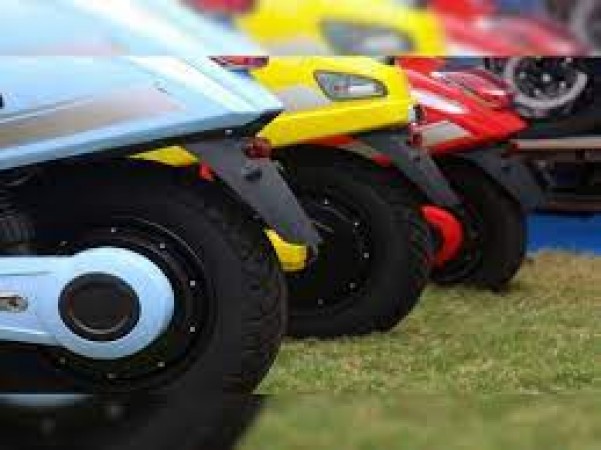
The landscape of urban transportation has been witnessing a remarkable transformation with the rise of electric vehicles (EVs). Among them, electric two-wheelers have gained significant attention due to their affordability, environmental benefits, and convenience. However, recent reports suggest that the demand for electric two-wheelers might be experiencing a slowdown, and this could be attributed to the reduced subsidies provided under the Faster Adoption and Manufacturing of Electric Vehicles (FAME) II scheme.
The FAME II scheme, introduced by the Indian government, aimed to promote the adoption of electric vehicles and reduce vehicular emissions. Under this scheme, various incentives were provided to both manufacturers and consumers to make EVs more attractive and affordable. One of the key incentives was the subsidy provided to buyers of electric two-wheelers, making them more cost-competitive compared to their traditional internal combustion engine counterparts.
In the initial stages of the FAME II scheme, the electric two-wheeler market experienced a surge in demand. Consumers were enticed by the reduced upfront costs and the prospect of lower operating expenses associated with EVs. This surge in demand led to the growth of new players in the electric vehicle market and prompted established automotive manufacturers to invest in EV production.
However, the recent reduction in FAME II subsidies has triggered a shift in the market dynamics. The reduced subsidies have led to a marginal increase in the upfront cost of electric two-wheelers, eroding some of the cost advantages they once held over traditional vehicles. As a result, consumers are now faced with a slightly longer payback period for their investment in EVs.
Affordability remains a critical factor influencing consumer choices. With the reduced subsidy, potential electric two-wheeler buyers might reconsider their decisions and opt for conventional vehicles that are perceived to offer better value for money in the short term. The initial cost of EVs, even with reduced operating expenses, could become a deterrent for price-sensitive consumers.
Another challenge that has contributed to the slowdown in electric two-wheeler demand is the availability of charging infrastructure. While the government has been taking steps to establish a network of charging stations, the pace of development has been relatively slower compared to the growth of electric vehicle ownership. This concern about convenient charging options further affects consumer confidence in transitioning to electric two-wheelers.
To address the current slowdown in electric two-wheeler demand, policymakers need to reevaluate their approach. This might involve revisiting the subsidy structure, exploring innovative financing options, and accelerating the expansion of the charging infrastructure. A more comprehensive and coordinated effort is required to reinvigorate the market and encourage a sustainable shift towards electric mobility.
The electric vehicle industry remains a promising avenue for reducing carbon emissions and enhancing energy efficiency in the transportation sector. While the reduction in FAME II subsidies has posed a temporary setback, it's essential to recognize that such transitions take time and consistent policy support. As technology continues to advance and economies of scale kick in, electric two-wheelers are likely to become more affordable and accessible, driving renewed consumer interest.
Get Ready for Change: Mahindra's Electric SUVs On the Horizon
Volkswagen Tiguan Faces Price Adjustment of ₹47,000
Skoda Auto Volkswagen India Hits 6,00,000 Car Exports Milestone